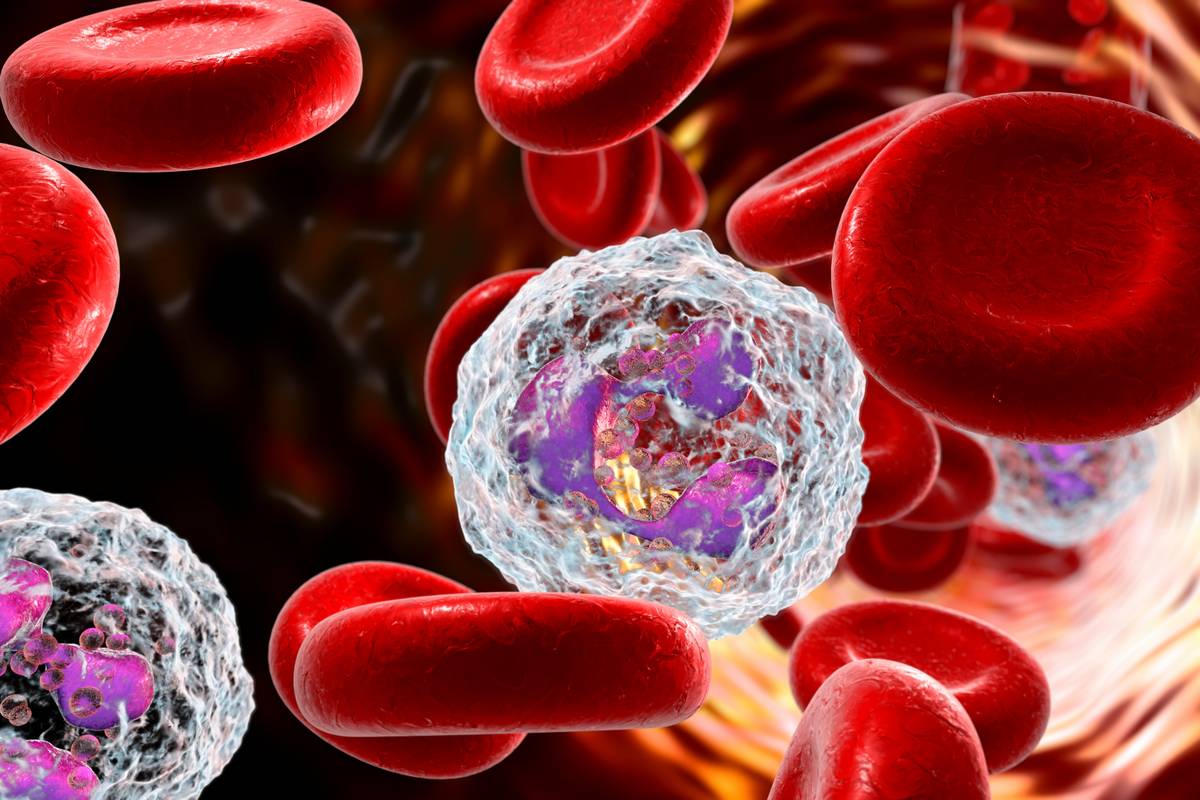Transfusion of Lifespan-Extended Neutrophils Restores Immune Defenses in Neutropenic Hosts
Improved efficacy of neutrophil transfusion through prolonging neutrophil survival without compromising their function

Background
As of today, the main clinical approach to neutropenia is preventing it in risky scenarios using a granulocyte colony-stimulating factor (G-CSF). However, this therapy doesn’t work if bone marrow function is compromised. In addition, G-CSF treatment comes with different important side effects such as bone pain, headache, fatigue, and nausea. An alternative therapeutic option exists–Granulocyte transfusion, also known as neutrophil transfusion or GTX, but its efficacy is controversial and the neutrophils survival and function need to be improved.
Technology Overview
Researchers at Boston Children’s Hospital improved the efficacy of neutrophil transfusion by prolonging neutrophil survival without compromising their function. By using a combined treatment, caspases/LMP/oxidant/necroptosis inhibition plus G-CSF (CLON-G), the group was able to prolong human and mouse neutrophil half-life in vitro from 5 days. Of note, CLON-G-treated aged neutrophils had equivalent morphology and function to fresh neutrophils, with no impairment to critical effector functions including phagocytosis, bacterial killing, chemotaxis, and reactive oxygen species production. More importantly, transfusion with stored CLON-G-treated 3-day-old neutrophils enhanced host defenses, alleviated infection-induced tissue damage, and prolonged survival as effectively as transfusion with fresh neutrophils.
Benefits
- Improvement in GTX efficacy
- Improvement of clinical storage and use of neutrophils
Applications
- Cancer chemotherapy/radiation
- Infections
- Congenital bone marrow disorders
- Autoimmune disorders
- Specific medicines (drug‑induced neutropenia)